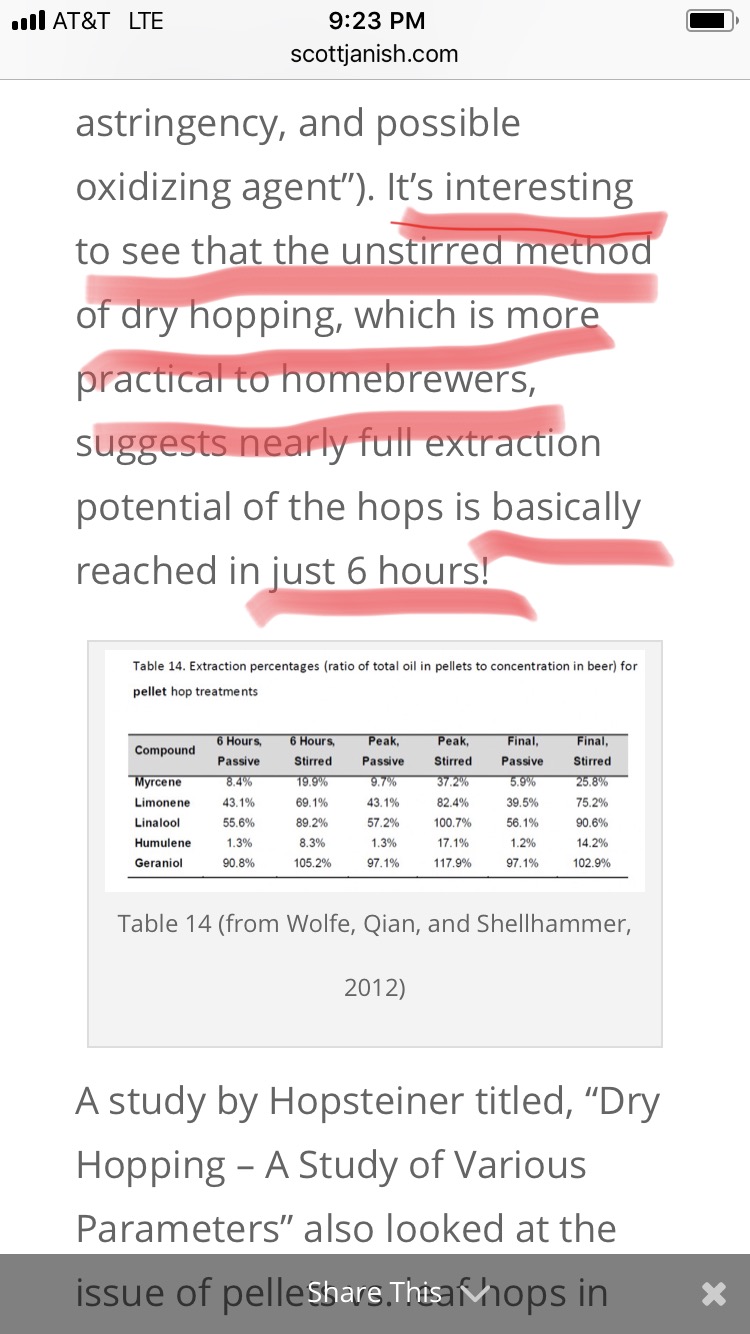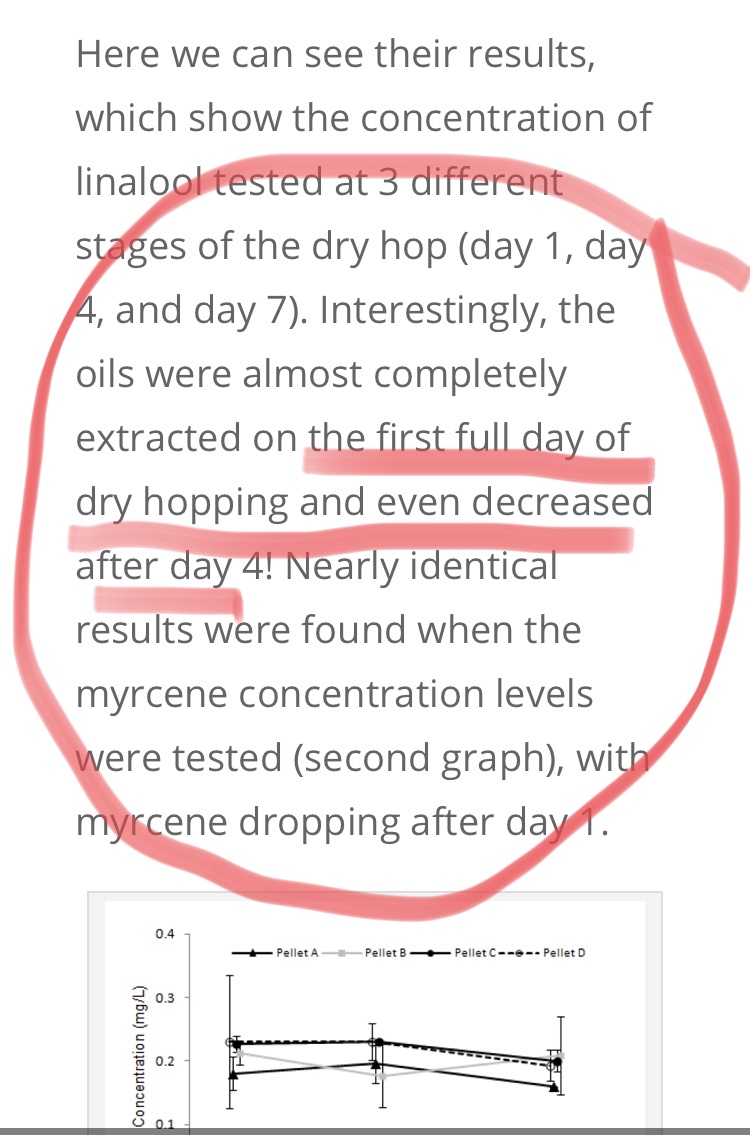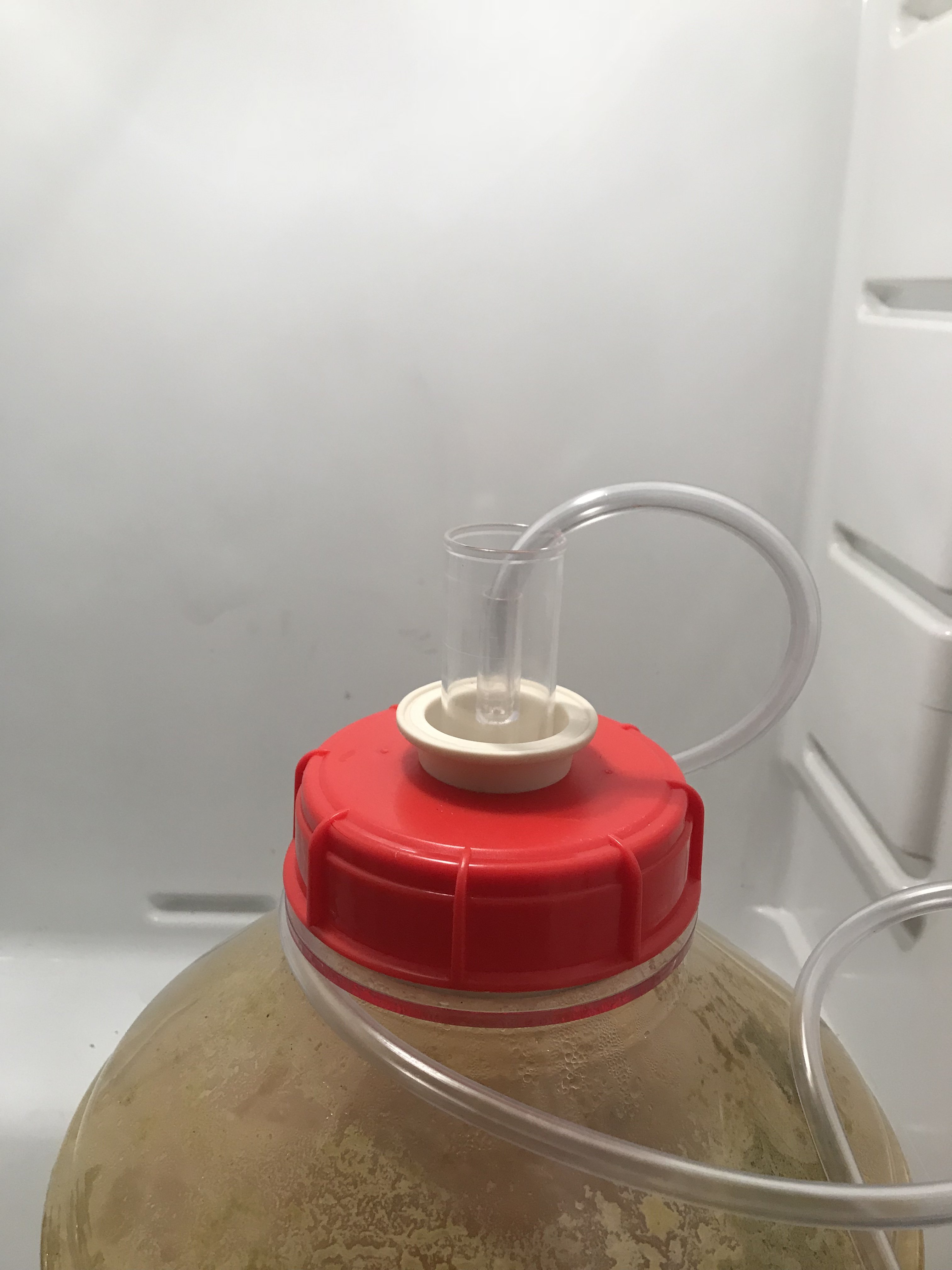user 246304
Well-Known Member
- Joined
- Aug 24, 2017
- Messages
- 8,290
- Reaction score
- 9,851
I haven't dry hopped like this in a long time. 12 gallon brew length, and I will be dry hopping somewhere in the neighborhood of 5 ounces of hop slurry x 3 days, crash cool, and hop to rack clear to a converted half-bbl w/corny setup.
In the past, I always had 3 vessels. Primary, dry-hopping & fining, incl. dry hopping, dry hopping and fining, over to serving vessel.
I don't have that 3rd keg now, just the primary 1/2 bbl, and the serving/corny vessel.
Last attempt, with less hops, at throwing dry hops in primary near the very end then crashed and racked, did not go well. Lots of hop debris plugging up xfer as they went through the corny QDs.
Any suggestions? I should mention this will likely be drunk relatively quickly, between neighbors and my son's graduation party coming up. So less concerned about staling effects than I would normally be.
In the past, I always had 3 vessels. Primary, dry-hopping & fining, incl. dry hopping, dry hopping and fining, over to serving vessel.
I don't have that 3rd keg now, just the primary 1/2 bbl, and the serving/corny vessel.
Last attempt, with less hops, at throwing dry hops in primary near the very end then crashed and racked, did not go well. Lots of hop debris plugging up xfer as they went through the corny QDs.
Any suggestions? I should mention this will likely be drunk relatively quickly, between neighbors and my son's graduation party coming up. So less concerned about staling effects than I would normally be.
















![Craft A Brew - Safale S-04 Dry Yeast - Fermentis - English Ale Dry Yeast - For English and American Ales and Hard Apple Ciders - Ingredients for Home Brewing - Beer Making Supplies - [1 Pack]](https://m.media-amazon.com/images/I/41fVGNh6JfL._SL500_.jpg)














































